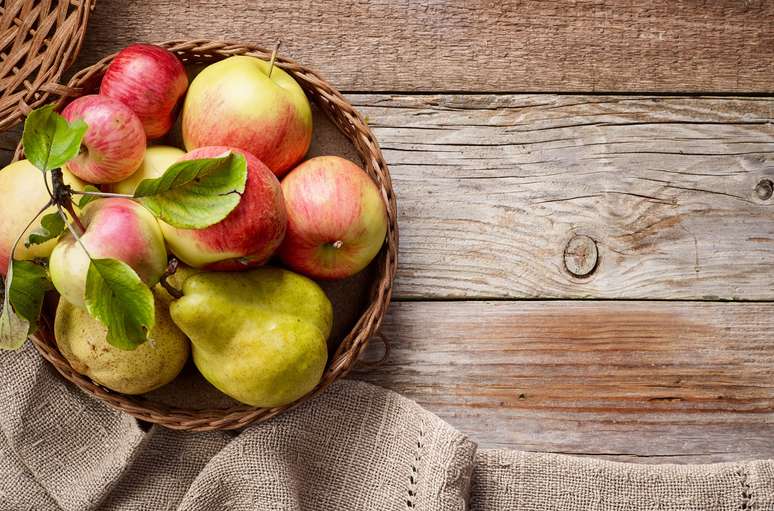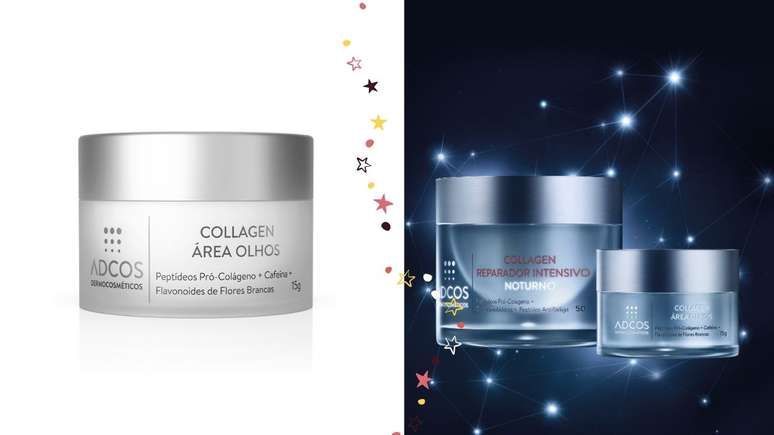Mandarin, pear and Japanese pumpkin on the list of the season’s “superfoods”.
Eating seasonal foods at meals brings benefits not only to your health, but also to your wallet and, above all, to the environment. Additionally, seasonal fruits and vegetables tend to be fresher, tastier and may contain more bioavailable vitamins and minerals.
See below for some easy-to-find fall fruit and vegetable options and some of their key nutrients.
1. Avocado
Rich in antioxidants, including lutein and zeaxanthin, which are very important for eye health and reduce the risk of macular degeneration and cataracts. Additionally, studies show that avocados can significantly reduce total cholesterol, triglyceride, and LDL cholesterol levels and increase HDL (good) cholesterol.
2. Pear
The fruit may be helpful in reducing inflammation and disease risk. Despite their sweet flavor, pears are low in calories, high in fiber and a good source of flavonoids, powerful antioxidants. Those with green skin also contain two plant compounds, lutein and zeaxanthin, which help prevent eye diseases, especially those related to aging.
3. Apple
Rich in vitamin K, potassium and vitamin C, which supports the immune system. Apples also contain soluble fiber (pectin), which aids in glycemic control, aids digestion, prevents constipation, keeps cholesterol levels stable, increases satiety and aids in weight loss.
4. Mandarin
Source of vitamin C, an antioxidant that fights free radicals in the body and supports protein metabolism and immune health. Furthermore, mandarin contains minerals such as calcium, magnesium, iron, zinc, copper and selenium and some phytonutrients such as carotene, cryptoxanthin, lutein, zeaxanthin and lycopene.
5. Figure
It contains small amounts of several nutrients, but is very rich in copper and vitamin B6. Copper is a mineral involved in numerous bodily processes, including energy production, as well as the formation of blood cells, connective tissues and neurotransmitters. Vitamin B6 plays an important role in metabolism and brain health. Additionally, the fruit contains prebiotic fiber, which can add bulk to stool, reducing constipation.
6. Grapes
If you compare dark grapes to green grapes, you will notice that they have a sweeter flavor profile. However, both offer almost identical health benefits, mainly due to their high nutrient and antioxidant content. Antioxidants are compounds that help repair cell damage caused by free radicals, harmful molecules that cause oxidative stress, which is associated with several chronic health conditions, including diabetes, cancer and heart disease.
7. Sweet potato
All sweet potato varieties are rich in vitamins A, C, B6, B5, potassium and manganese. They are also a good source of copper, dietary fiber and iron. helping to regulate glycemia (blood sugar), as well as having antibacterial and antifungal properties.
8. Japanese pumpkin
Also known as cabotiá, it is rich in fiber, beta-carotene, antioxidants, proteins, magnesium and potassium. Helps strengthen immunity, aids in weight loss, prevents eye diseases, type 2 diabetes and inflammation.
9. Eggplant
Because it is rich in antioxidants, especially anthocyanins (which explain its vibrant color), this low-calorie vegetable helps protect cells from free radicals, prevents heart disease and type 2 diabetes mellitus. In addition, it contains fiber, vitamins and especially minerals potassium and vitamin B6.
Source: Adriana Stavro, master nutritionist of the São Camilo University Center; Specialist in Chronic Non-Communicable Diseases (NCD) at the Israelita Albert Einstein Hospital.
Source: Terra
Ben Stock is a lifestyle journalist and author at Gossipify. He writes about topics such as health, wellness, travel, food and home decor. He provides practical advice and inspiration to improve well-being, keeps readers up to date with latest lifestyle news and trends, known for his engaging writing style, in-depth analysis and unique perspectives.








